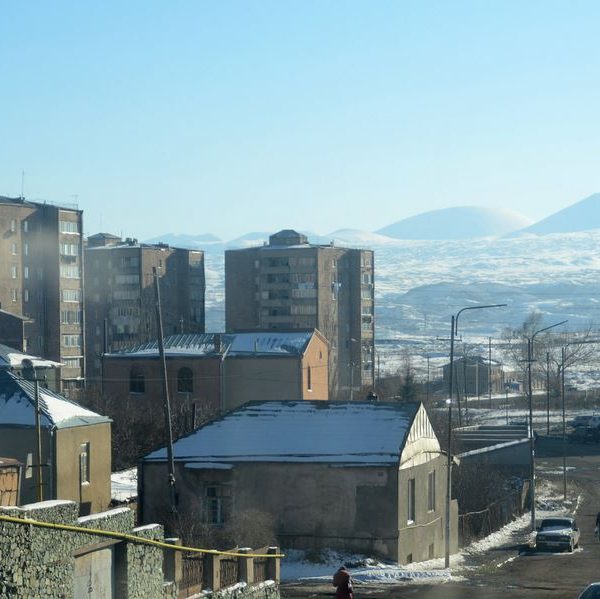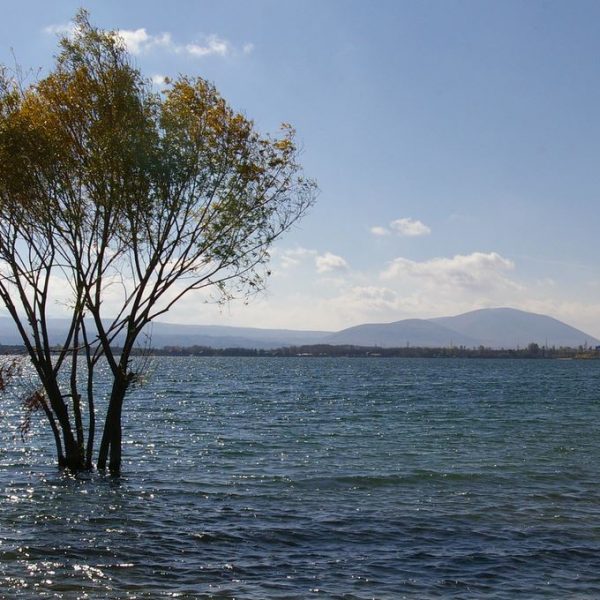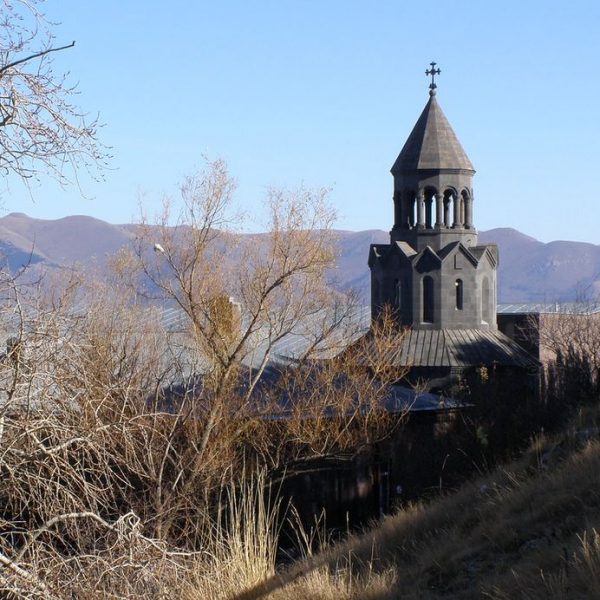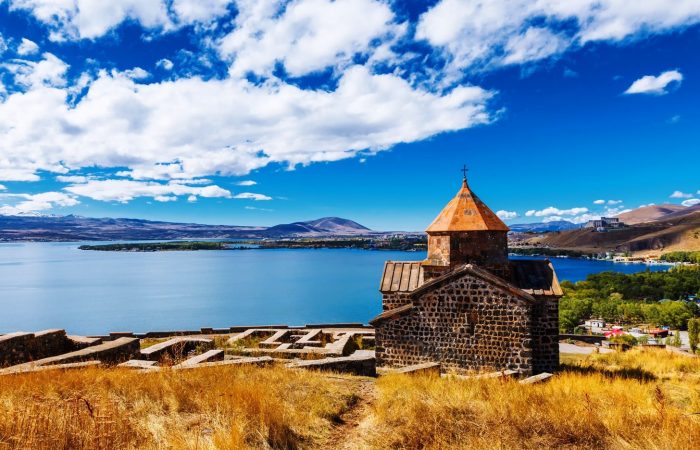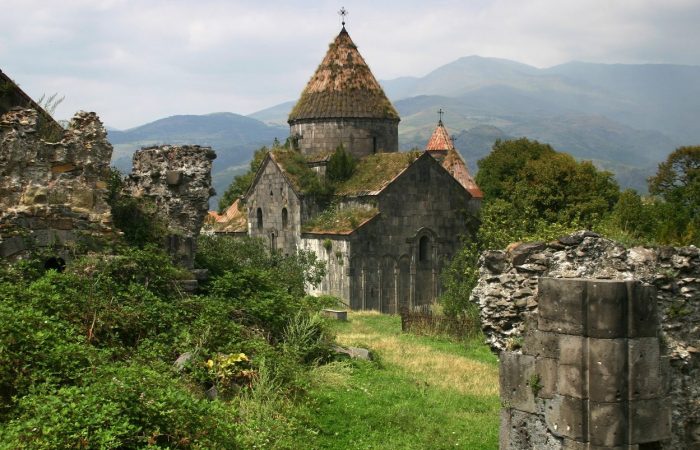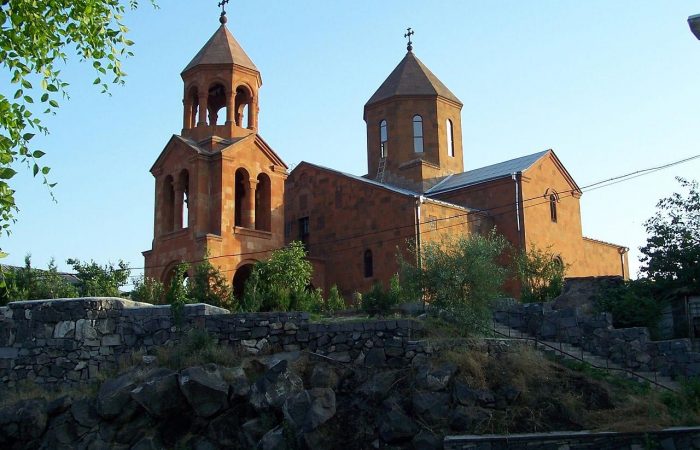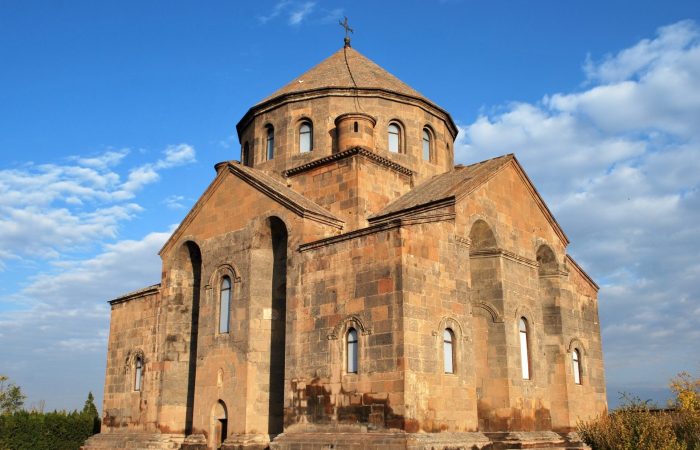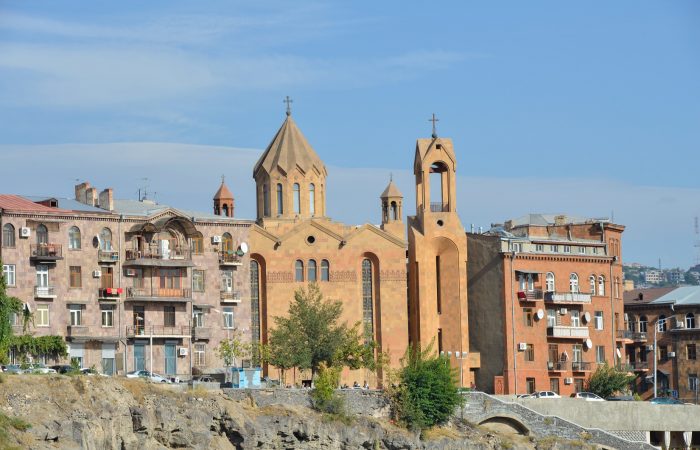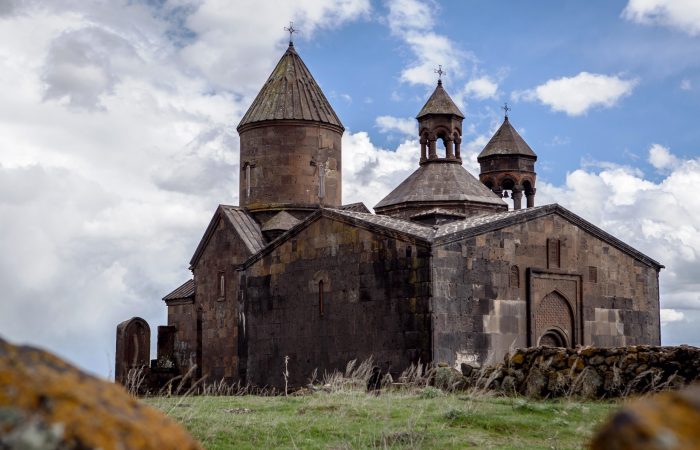Sevan is listed among the most mountainous regions of Armenia. It greatly stands out with its water resources as well as cultural monuments. It’s where every person is sure to find a harmony and of course, breathe the healthy mountainous air and enjoy the marvelous and natural views staying away from the noise and annoyance.
Location
Sevan is located 66 kilometers north-east of capital Yerevan, on the north-western shore of Lake Sevan.
Sevan: People
The population of Sevan has decreased in the last years but the human qualities and traits have not. Sevan is a city of modest people. People of Sevan are so pure-hearted, loyal and friendly that sometimes it causes some doubts since it’s hard to imagine there are still such people; the truth is there are.
One thing, which is adorable about them, is that they are always ready to help even if they are in a hurry or are busy. Care, love, support, friendly attitude and warmth are what foreigners get from these people irrespective of the age group.
Things to See
Lake Sevan
There is hardly any person who has been to Armenia and has skipped this lake. Every visitor appears there sooner or later. Lake Sevan is the treasure of the Armenian Highlands, the immense pride and joy of the Armenian people. One thing to note is that as you go to Sevan the lake doesn’t momentarily appear in its full beauty and magic. You will get a completely different impression if you go there from the north-east as in this case the view gradually opening in front of every visitor will leave them speechless and keep on stunning with its brilliance and greatness.
The lake’s water is amazingly pure and stands out with its unique fish types. The pool of the lake has been studied by hundreds of scientists and travelers. Various notes and works have been written on the lake but none of them provided enough information about the lake’s hidden and historical monuments. This secret was revealed only during the recent years when the water level dropped and monuments dating to 3000-5000 years were brought into the open. Among them were a number of ruins of settlements and fortresses as well as a huge number of tombs. The studies conducted in the pool, especially close to the village of Lchashen, showed that 27 centuries before there used to be a highly developed culture.
Sevanavank Monastery
Sevanavank Monastery was constructed in a period when Armenia was under Arab rule. It includes two churches out of which only one (Surb Arakelots “Holy Apostles”) is open to public today. Especially interesting is the door of this church, which still bears carvings, which allow to make conclusions about the magnificence of medieval Armenian art.
It should be noted that despite the fact the monastery is close to the lake, there is a strict dress-code, which means legs and shoulders have to be covered. Accordingly, no swimsuits or short skirts are allowed either.
Vazgenian Theological Academy
Vazgenian Theological academy was founded in 1990 and operates under the supervision of the Mother See of Holy Echmiatsin. No entrance is allowed to the academy but it’s worth seeing from outside too. The academy has a black building and can be seen as you are going up to Sevanavank Monastery.
Hayravank Monastery
Since there are not so many monasteries in Sevan, people usually choose to make a choice between the monasteries of Sevanavank and Hayravanak and in general the preference is being given to Hayravank Monastery in and around the monastery there is a complete absence of noise, and it seems as if all the troubles are left far behind.
The monastery’s main church comes with a simple yet most interesting interior because when the sunlight falls on the church it gets so brightened that it seems the Holy Spirit dominates in every corner there. On-site excavations have uncovered an entire settlement and dwellings dating to the Bronze and Iron Ages.
Noratus Khachkar Field
Noratus is an old settlement, which includes a myriad of monuments dating to the Bronze and Iron Ages. The settlement is actually not located in Sevan but because of its close location it’s absolutely worth a visit.
The cemetery of Noratus shelters a number of khatchkars (cross-stones) and tombstones. The khatchkars date to the 9th-17th centuries and vary a great deal and especially interesting is to walk through the development stage of khatchkar art.
Things to Do
There are lots of things to do in Sevan, particularly around the lake. Other than visiting the monasteries and swimming in the lake, the following options can be considered:
- Volleyball on the beach.
- Jet-skiing – 1000 Dram (around $3) per minute.
- Having a fish meal along the lake.
- Playing billiards and table tennis.
- Traveling by boat or ship.
- Beach soccer.
- Wind-surfing.
- Going to a horse-club.

